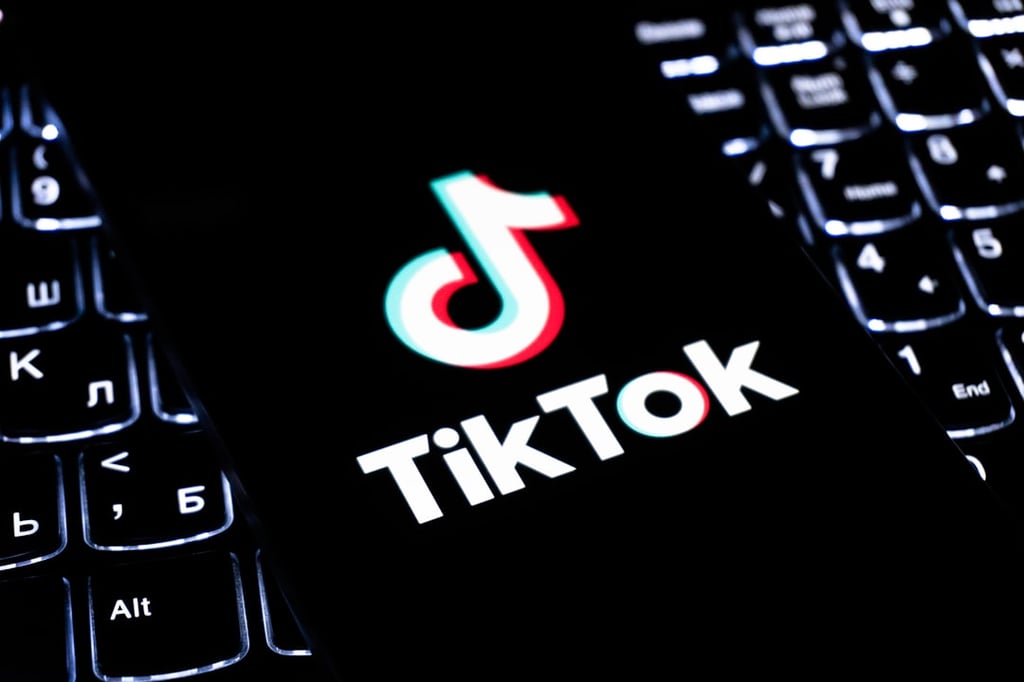Datamation content and product recommendations are
editorially independent. We may make money when you click on links
to our partners.
Learn More
Apple is crowing in the aftermath its 3G iPhone launch on Friday and the opening of its App Store, the download site for third-party iPhone applications, the day before.
The company said today that it tallied 10 million downloads from its App Store since late last week, and has sold one million 3G iPhones so far.
Amid this backdrop, Apple is pushing hard to get the iPhone into the enterprise and gain more market share with business users. In addition to the device’s native capabilities and Apple’s licensing of Microsoft’s ActiveSync (define) for tying in with Microsoft (NASDAQ: MSFT) Exchange for Outlook, enterprise IT gets access control and management.
Third-party vendors are rushing to offer enterprise applications for the iPhone. These range from database and CRM (define) vendors to enterprise e-mail specialists, enterprise wireless synchronization, Outlook, hosted Microsoft Exchange Server, security, a managed IT infrastructure, to business intelligence (BI).
But despite the crush of vendors hawking their wares, support for the iPhone in the enterprise faces some stumbling blocks that could slow or hamper its march into the world of IT support, analysts and industry experts said.
The iPhone “is definitely competitive, but Apple has a lot of work to do,” IDC analyst Ryan Reith told InternetNews.com. Why? Because it’s not the end-user making the decision in this realm; instead, it’s the IT team making that decision on support, and Windows Mobile and BlackBerry devices already have a very large footprint in the enterprise, Reith added.
Jack Gold, principal at J. Gold Associates, is also on record as doubtful that the iPhone is going to blitz its way into enterprise adoption anytime soon.
For one, applications have to be deployed through the Apple App Store, over Apple servers, and that’s not acceptable for mission-critical and proprietary applications, Gold said.
P>Another objection is that application development requires knowledge of the Apple development environment, a burden enterprise IT may not want to add to its already heavy workload. “It’s not difficult to develop applications on the Apple platform, it’s that they’re different and many IT organizations may not want to get into that,” Gartner vice president and distinguished analyst Ken Dulaney told InternetNews.com.
Two other issues are based on the iPhone itself. One is that enterprises don’t know how durable the device will be. That’s important for budgeting reasons, as field failures of smart phone devices are costly when they’re used by hundreds or thousands of staff. But one analyst called that a red herring, especially now that the price, at $199, is in the same price range as other enterprise-ready devices.
The second issue is that the battery cannot be removed or replaced by end users. Enterprise users who rely heavily on their smart phones often carry an extra battery out in the field, Gold said.
Other issues Gold raised are the availability of peripheral services such as personal organization and productivity application MobileMe to synchronize the iPhone to corporate desktops or laptops, because of security concerns.
Then there’s the one-carrier issue. Enterprises generally have long-term company-wide contracts with carriers, and if their carrier isn’t AT&T, they may be forced to sign individual contracts for iPhone users, which they may not want to do.
This article was first published on InternetNews.com. To read the full article, click here.
-
Ethics and Artificial Intelligence: Driving Greater Equality
FEATURE | By James Maguire,
December 16, 2020
-
AI vs. Machine Learning vs. Deep Learning
FEATURE | By Cynthia Harvey,
December 11, 2020
-
Huawei’s AI Update: Things Are Moving Faster Than We Think
FEATURE | By Rob Enderle,
December 04, 2020
-
Keeping Machine Learning Algorithms Honest in the ‘Ethics-First’ Era
ARTIFICIAL INTELLIGENCE | By Guest Author,
November 18, 2020
-
Key Trends in Chatbots and RPA
FEATURE | By Guest Author,
November 10, 2020
-
Top 10 AIOps Companies
FEATURE | By Samuel Greengard,
November 05, 2020
-
What is Text Analysis?
ARTIFICIAL INTELLIGENCE | By Guest Author,
November 02, 2020
-
How Intel’s Work With Autonomous Cars Could Redefine General Purpose AI
ARTIFICIAL INTELLIGENCE | By Rob Enderle,
October 29, 2020
-
Dell Technologies World: Weaving Together Human And Machine Interaction For AI And Robotics
ARTIFICIAL INTELLIGENCE | By Rob Enderle,
October 23, 2020
-
The Super Moderator, or How IBM Project Debater Could Save Social Media
FEATURE | By Rob Enderle,
October 16, 2020
-
Top 10 Chatbot Platforms
FEATURE | By Cynthia Harvey,
October 07, 2020
-
Finding a Career Path in AI
ARTIFICIAL INTELLIGENCE | By Guest Author,
October 05, 2020
-
CIOs Discuss the Promise of AI and Data Science
FEATURE | By Guest Author,
September 25, 2020
-
Microsoft Is Building An AI Product That Could Predict The Future
FEATURE | By Rob Enderle,
September 25, 2020
-
Top 10 Machine Learning Companies 2021
FEATURE | By Cynthia Harvey,
September 22, 2020
-
NVIDIA and ARM: Massively Changing The AI Landscape
ARTIFICIAL INTELLIGENCE | By Rob Enderle,
September 18, 2020
-
Continuous Intelligence: Expert Discussion [Video and Podcast]
ARTIFICIAL INTELLIGENCE | By James Maguire,
September 14, 2020
-
Artificial Intelligence: Governance and Ethics [Video]
ARTIFICIAL INTELLIGENCE | By James Maguire,
September 13, 2020
-
IBM Watson At The US Open: Showcasing The Power Of A Mature Enterprise-Class AI
FEATURE | By Rob Enderle,
September 11, 2020
-
Artificial Intelligence: Perception vs. Reality
FEATURE | By James Maguire,
September 09, 2020
SEE ALL
ARTICLES








